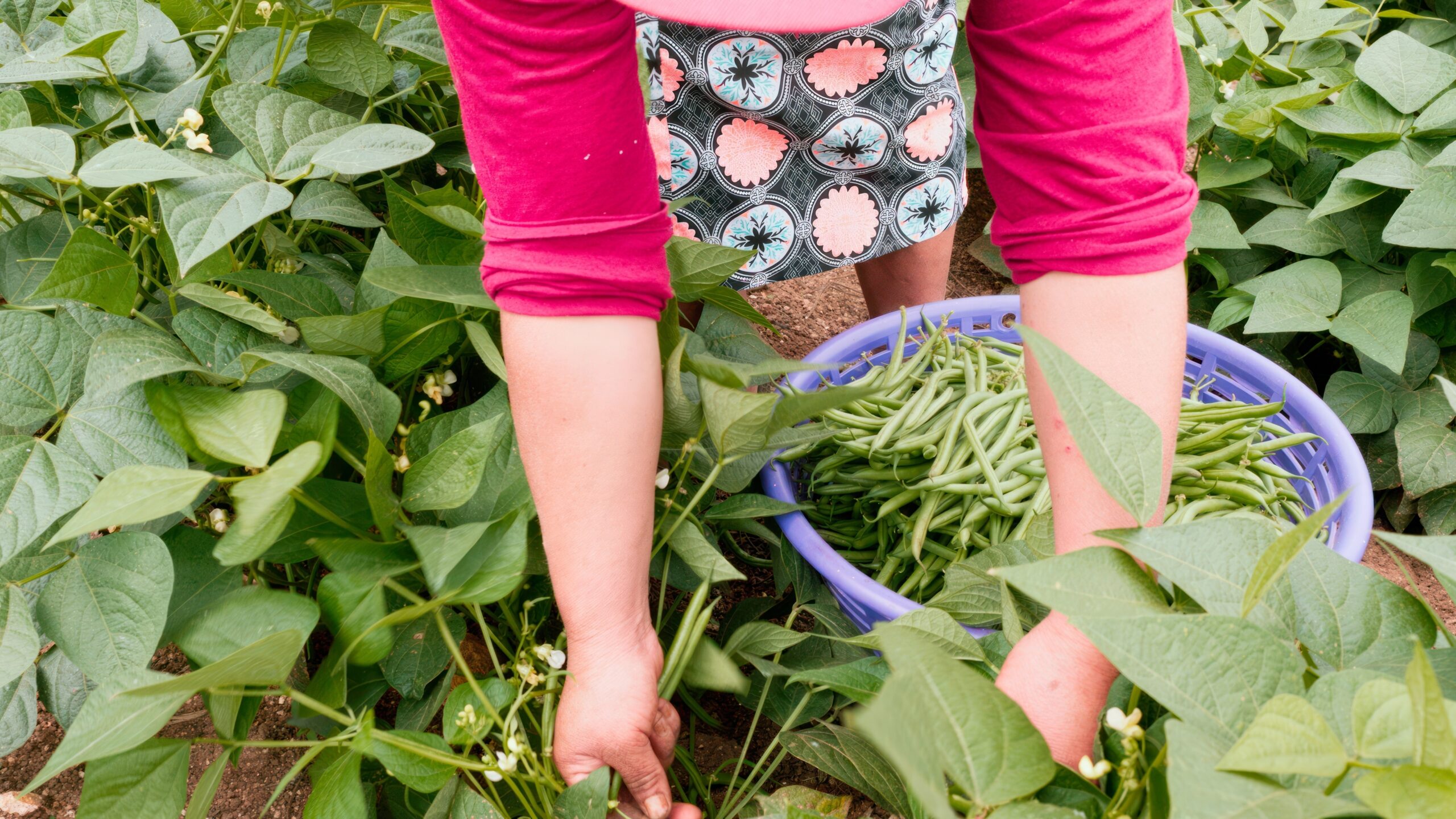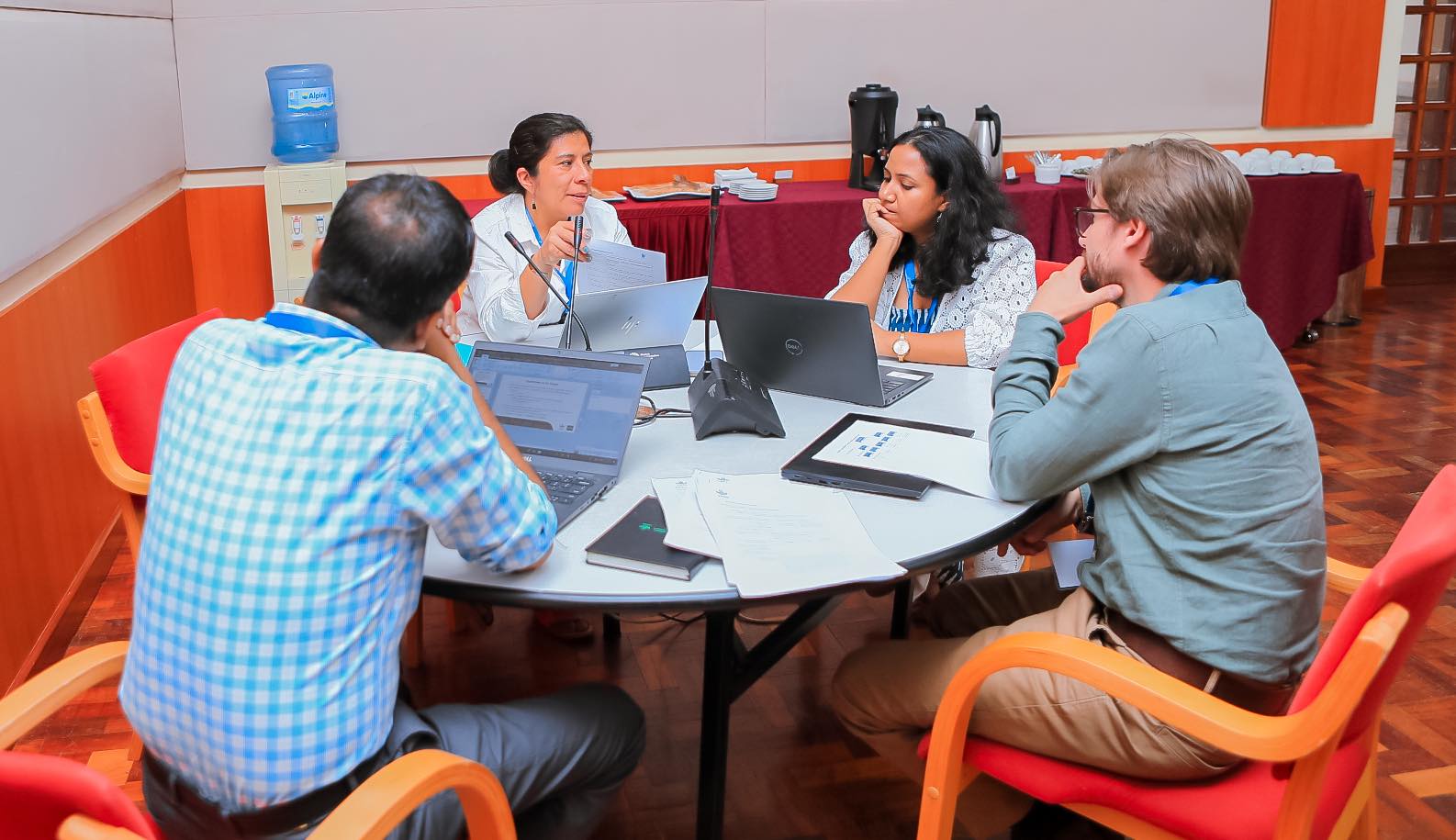One of the pillars of discussion at the United Nations Conference on Sustainable Development (Rio+20) will be the green economy—an economy that pursues growth while promoting sustainable development through efficient use of resources, in particular natural resources such as water, arable land, and energy.
The world’s population is expected to grow to more than 9 billion by 2050, with much of this growth in low-income countries. Demand for food will increase. In addition, limited natural resources, land degradation, pollution, biodiversity loss, and climate change will further threaten food and nutrition security. A green economy is a must, but it should not be achieved at the cost of the food and nutrition security of the poor and vulnerable.
What are the implications of a green economy for the poor and hungry? What role can agriculture play? A new IFPRI brief seeks to answer these questions.
Smallholders, whose livelihoods are greatly affected by the management of natural resources, represent half of the world’s hungry. Intensifying food production is one way to boost food security (and protect land from conversion to agricultural use), but doing so can contribute to problems such as land degradation, water pollution, depletion of water resources, and new pest problems.
As the brief suggests, a “greener” agriculture has great potential to address the unsustainable use of natural resources for food production. And a pro-poor green economy strategy that explicitly integrates food and nutrition security and benefits the agriculture sector can also help smallholders. Such a strategy will require policy responses to address the challenge of increasing agricultural productivity without damaging the environment.
The brief recommends the following policy actions:
- Integrate food and nutrition security into sustainable development;
- Factor in full costs and benefits of natural resources in decisionmaking and establish social protection systems to protect the poor when food prices go up;
- Ensure open trade to increase efficiency of natural resource use across countries;
- Identify new indicators to evaluate impacts and policy implications of a green economy strategy across food, agriculture, and natural resource sectors;
- Establish country-level capacities for strategy development in the relevant sectors; and
- Engage multiple stakeholders including smallholders, and both the public and private sector
By giving agriculture a central role in a green economy, the international community can get closer to achieving the goal of eradicating hunger and ensuring food and nutrition security for all.







